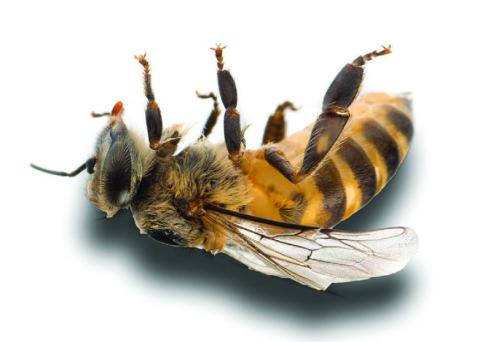By Jesse Starita, PR and Engagement Coordinator, NWC
Sprawling industrial farms and backyard gardeners alike use them. They are found in 120 countries and in 140 different crops. In short, they are the most widely used pesticides in the world: neonicotinoids.
Chemically similar to nicotine, neonics, as they’re sometimes called, were developed commercially in the 1990s. Their neurotoxicity to insects and lower toxicity to birds and mammals helped fuel their widespread adoption. But as neonics were applied across continents and ecosystems, they also came under increasing scrutiny. According to Cornell University’s Pollinator Network, this is due to their persistence in soils, ability to leach into the environment, high water solubility, and potential negative health implications for pollinators—in particular bees and Monarch butterflies. These pesticides have been linked to colony collapse disorder in honeybees, jeopardizing their ability to pollinate crops like almonds, apples, blueberries and cranberries.
You might be wondering what the Water Sciences Lab has to do with this? Well, there are many unknowns about how neonics interact with nature, particularly sunlight and water. To investigate these interactions, the lab is currently working with UNL Assistant Professor and Water Quality Engineer Dr. Tiffany Messer on the USDA-NIFA project “Photodegradation of Insecticides in Rivers Adjacent to Agricultural Intensive Regions: A Novel Water Quality Monitoring Approach.” WSL Director of Services Dr. Dan Snow is a Co-PI.
The team is focusing on two rivers: the Elkhorn in Nebraska and the Neuse in North Carolina. According to Messer, the project examines two prevalent neonics— Imidacloprid and Clothianidin—on a microscopic level as they travel through
a watershed.
“We’re not just looking at the pesticide, but what it changes into and when it interacts with the natural environment. How does a particular particle move down the river and how often does it interact with sunlight?” she said.
With its high-powered analytical tools, the lab is running all of the project’s pesticide samples. Instruments like the new Waters Xevo triple quadrupole mass spectrometer (see p. 12) is analyzing the pesticide byproducts produced by photodegradation, or the alteration of objects by light, on each particle collected.
“What we’re looking for,” Messer noted, “is where are the phototransforming hot spots in rivers, as the byproducts are often more toxic to nontarget species than the parent pesticide. Furthermore, identifying these hotspots can lead to designing effective best management practices to reduce pesticide impacts on water resources.”
Ultimately, the lab can measure these chemicals in water and plant tissue samples at minute concentrations. A better understanding of these pesticides’ fate and transport in waterways is important for food security, clean drinking water and public health.
Furthermore, the project furthers another important goal of the lab, student training. Messer’s Ph.D. student Josephus Borsuah—a 2019-2020 Water for Food Global Institute Student Support Grantee—has learned how to prep samples in the lab. (Read more on Josephus on p. 14.)
The USDA-NIFA project runs through early 2022. In addition to Messer and Snow, Dr. Martin Doyle of Duke University rounds out the research team.




